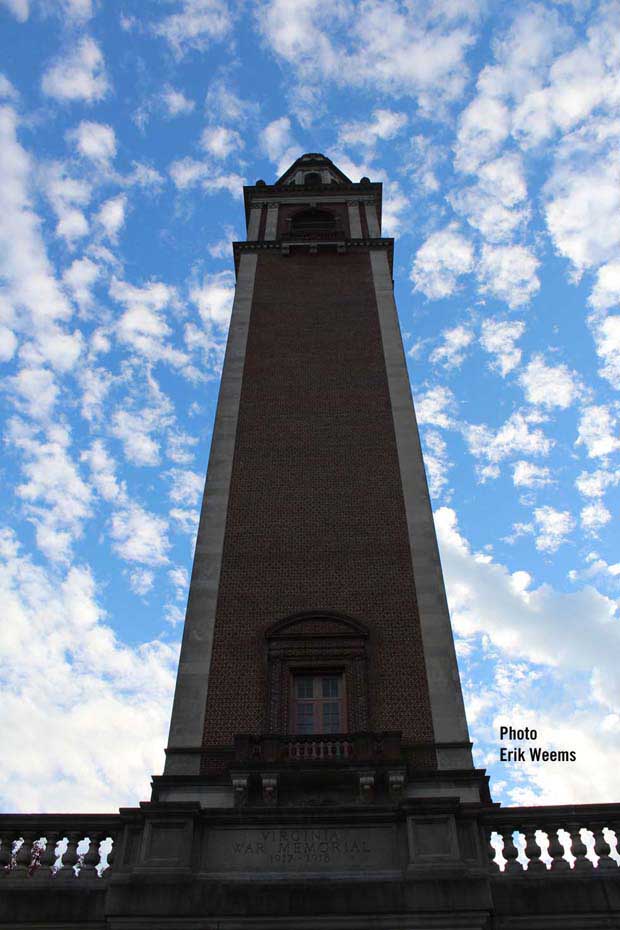Facts About Richmond
Population 2019 estimated by the US Census: 230,436
Population percentage change between April 1, 2010 to July 1, 2019: 12.8%
Estimated ethnic population percentages:
White 47.7%
Black/African-American 46.9%
American Indian and Alaska Native 0.5%
Asian
2.3%
Native Hawaiian and Other Pacific Islander
0.2%
Two or more races 2.4%
Hispanic / Latino 7.3%
Labor force - percentage aged 16 years or older 65.1% (2014-2018)
See more facts about Richmond at the US Census Bureau Website
Background:
The 2010 census reported the city's population as 204,214. In the time since, it is estimated the population as of 2019 has increased to 230,436. The entire "Richmond Metropolitan Area" has a population estimated to be 1,260,029 million.
About Richmond Virginia
Richmond is the capital of the Commonwealth of Virginia, a state of the United States. Richmond is an independent city and not part of a county. (Richmond County exists; it is in an unrelated area of Northeast Virginia.)
Richmond is headquarters for seven companies on the 2009 Fortune 500 list.
Originally settled in 1607, the present city of Richmond was officially incorporated in 1742, named by William Byrd II who noted that the view of the James River was almost identical to the view of the Thames River outside London at Richmond Hill (if you visit Libby Park and take a look down the hillside toward the James River, you will also see this startling similarity still today).
[Below: Photo of the image at Libby Park showing the scenery on the Thames River from Richmond Hill, the namesake for Richmond, Virginia.]
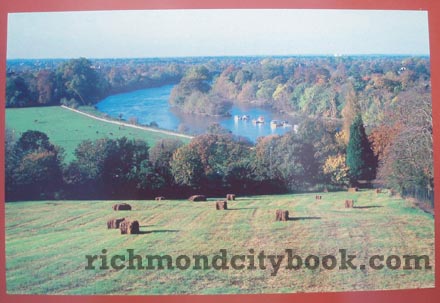
[below: The James River from Libby Park in Richmond Virginia.]
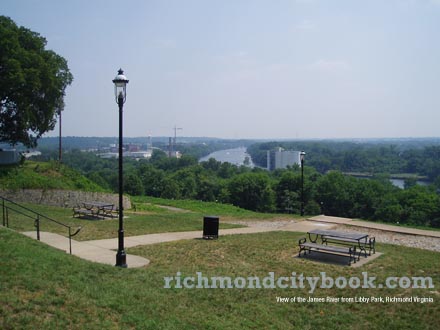
Richmond became the capital of the "Dominion of Virginia" in 1780, named after Elizabeth I (September 7, 1533 – March 24, 1603) of England.
Richmond is considered the Southern tip of the East Coast "Megalopolis" that includes cities Boston, New York City, Philadelphia, Baltimore, and Washington DC.
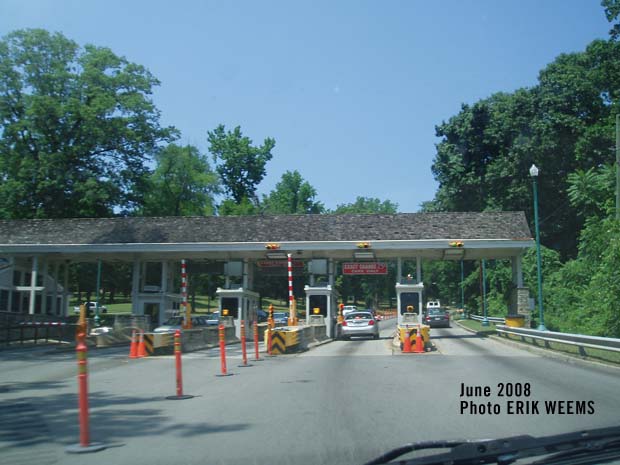
Toll on the "Nickel Bridge" 25 cents June 2008. It has since been increased to 35 cents.
Older Richmond Facts:
Richmond Population Characteristics
- 72.5% of population are high school graduates
- Persons per square mile** 3,414.7 (VA avg: 202.6)
- Richmond Civilian Labor Force: 102,343 Sept 2011*
- Unemployment Rate Sept 2011 9.5% (9.9% aug 2011)
- Richmond VA median household income: $37,115 (VA avg: $59,372)**
Richmond Geography
The geography and climate of the state of Virginia are contained and regulated by the Blue Ridge Mountains and the Chesapeake Bay which bound the state on the west side and on the eastern seaboard. Richmond is the capital of the Commonwealth; Virginia Beach is the most populous city and Fairfax County the most populous political subdivision. The state population is estimated at 7,882,590 by the U.S. Government Census (See quickfacts.census.gov).
History
In 1607 the London Company established the Colony of Virginia as the first permanent New World English colony, at that time the Powhatan Indian tribes were the native people of the area. The early part of the development of the area was based upon what was primarily a "plantation economy" and the export of wood and other materials.
Virginia was one of the Thirteen Colonies in the American Revolution and joined the Confederacy in the American Civil War, during which Richmond became the Confederate capital. The war dramatically changed the character of the city as many buildings were destroyed due to the fighting and turmoil, Union occupation and deaths of many of the confederate soldiers who were from Richmond. It took decades to rebuild and to reorganize Richmond (and Virginia) society.
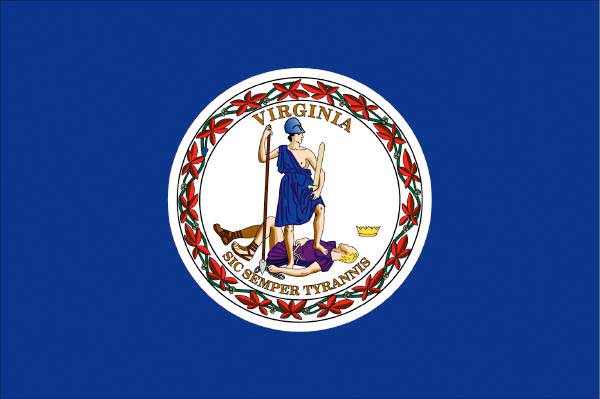
Richmond Politics
The Virginia General Assembly operates in Richmond and is the oldest legislature in the Americas. The state government has been repeatedly ranked most effective by the Pew Center on the States. It is unique in how it treats cities and counties equally, manages local roads, and prohibits its governors from serving consecutive terms.
Economy
Virginia's economy has many segments of production: agriculture in the Shenandoah Valley; federal agencies in Northern Virginia (for example the headquarters of the Department of Defense and CIA); and extensive military facilities in Hampton Roads and Norfolk.
The Richmond area is considered to have a strong and diverse manufacturing base, with a concentration of federal and state agencies, headquarters of major corporations and bank-holding companies, numerous health facilities, and a number of educational institutions in the area. Services and government together account for more than half of all jobs in Richmond (the 2010 estimate for the Richmond VA area workforce was 652,000 persons., see Bureau of Labor Statistics).
Richmond Technology
Information technology and major semiconductor manufacturing firms are situated in Richmond , and the city is seen as the central point of the United States' East Coast's Silicon manufacturing community. The Virginia Biotechnology Research Park, located on the East Coast pharmaceutical and biotechnology corridor, is a center for research and development in drug development, medical diagnostics, biomedical engineering, forensics and environmental analysis. Richmond is the home for 45 biotechnology, bioscience and other related companies and research institutions.
Financial
Richmond is also the headquarters of the Fifth Federal Reserve District, and contains financial firms servicing Maryland, Virginia, West Virginia, North Carolina, South Carolina, and the District of Columbia. Banking is a significant employment factor in the Richmond area, as is insurance. Richmond is headquarters for GE Financial Assurance (a unit of GE Capital Services), Anthem, Inc., Markel Corp., and LandAmerica Financial Group, among others.
Richmond is also the home for the $200 million Philip Morris Manufacturing Center. Located on a 200-acre site, the 1.6-million-square-foot facility represents the largest single capital investment in Philip Morris history.
* Source: Richmond Federal Reserve Bank
** Source: U.S. Census
The Carillon
The Carillon Bell Tower in Richmond VA - Byrd Park
Older Population information
The 2007 estimated population from the US Census is 200,123 (up from 192,913 in 2006). The "Richmond Metropolitan Area" includes Henrico and Chesterfield counties, with a combined estimated population of 1.1 million. The land area of Richmond is approximately 60 miles: the US Census estimate for population density on those 60 miles is 3,292.7 per mile.
Richmond is considered the third largest metropolitan area in Virginia, after "Northern Virginia" (bordering Washington DC) and the "Hampton Roads" area, which includes Norfolk, Hampton Roads and Virginia Beach and is both a major seacoast resort area but also a major US Naval base location.
Photos by Erik Weems - for prints: prints@erikweems.com
AMAZON: Cradle of America: A History of Virginia
Original Page July 2006 | Last Update November 27, 2020

